No, Spanish paprika and smoked paprika are not the same. While Spanish paprika (Pimentón de la Vera) is traditionally smoked during production in Spain's Extremadura region, it has a subtle smokiness and specific regional characteristics. Smoked paprika is a broader category that includes Spanish varieties but also other regional types with more intense smoking processes. Here's a clear breakdown of their differences, production methods, and best culinary uses.
Table of Contents
- What Is Spanish Paprika?
- What Is Smoked Paprika?
- Key Differences Between Spanish and Smoked Paprika
- Similarities Between Spanish and Smoked Paprika
- Practical Tips for Using Both Spices
- Frequently Asked Questions
- Buying Guide: How to Choose the Right Paprika
- Conclusion
What Is Spanish Paprika?
Spanish paprika, also known as pimentón de la Vera, is a specific type of paprika originating from Spain's Extremadura region. It's made by grinding dried red peppers (Capsicum annuum) using traditional methods where peppers are smoked over oak wood fires. This process gives it a subtle smoky note, but it's not as intensely smoked as dedicated smoked paprika. Spanish paprika comes in three varieties: sweet (dulce), bittersweet (agridulce), and spicy (picante), with sweet being the most common. Its flavor profile is mild, earthy, and slightly sweet with delicate smokiness.
What Is Smoked Paprika?
Smoked paprika refers to any paprika that undergoes a deliberate smoking process, typically over wood fires. While Spanish pimentón de la Vera is a type of smoked paprika, the term "smoked paprika" also includes varieties from other regions like Hungary or the United States. The smoking process can last several days using different woods (oak, hickory, or cherry), resulting in a deeper, more pronounced smoky flavor. Smoked paprika is categorized by heat level (sweet, bittersweet, hot) and is prized for its rich, complex aroma that enhances dishes without overpowering them.
| Feature | Spanish Paprika | Smoked Paprika |
|---|---|---|
| Origin | Specifically Spain (Extremadura) | Global (Spain, Hungary, USA, etc.) |
| Flavor Profile | Mild, earthy, subtle smokiness | Strong, deep smokiness with varied intensity |
| Production Method | Traditionally smoked over oak wood fires | Smoked over various woods (oak, hickory, cherry) |
| Heat Level | Usually mild to medium (sweet/bittersweet/spicy varieties) | Wide range from mild to hot |
| Usage | Authentic Spanish dishes (paella, chorizo, gazpacho) | Barbecue rubs, American chili, Mexican sauces, global smoky recipes |
Similarities Between Spanish and Smoked Paprika
Despite differences, they share key similarities:
- Same pepper base: Both made from Capsicum annuum peppers
- Color enhancers: Provide vibrant red-orange hues to dishes
- Culinary versatility: Used across Spanish, Hungarian, Mexican, and American cuisines
- Traditional roots: Both have centuries-old production methods in Mediterranean and European cooking
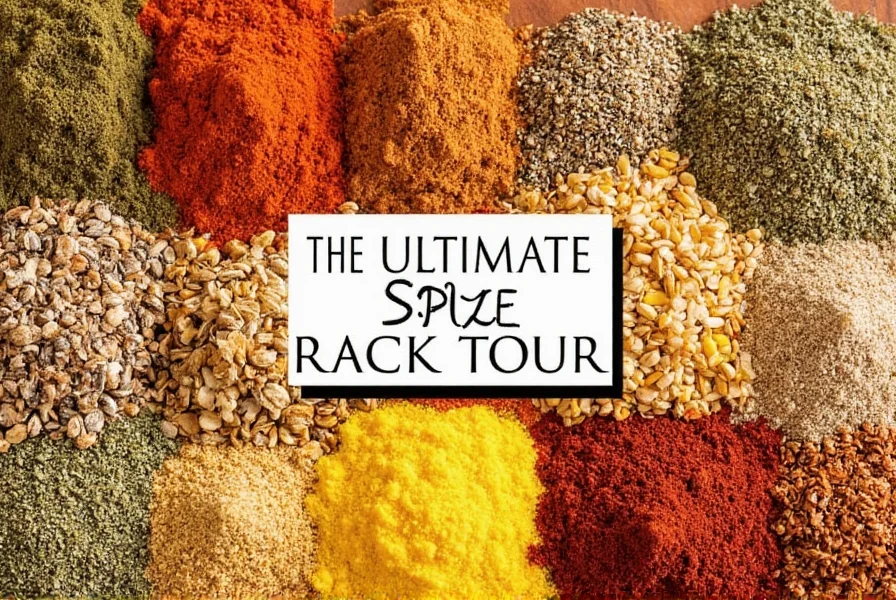
Practical Tips for Using Both Spices
Maximize flavor with these expert tips:
- Spanish paprika for authenticity: Use in traditional Spanish dishes like paella, where its subtle smokiness complements without dominating
- Smoked paprika for bold flavors: Ideal for barbecue rubs, chili, and smoky sauces where intense flavor is desired
- Never substitute blindly: Spanish paprika lacks the intensity of smoked paprika; use 1.5x amount if substituting
- Storage matters: Keep in airtight containers away from light to preserve flavor and color
- Layered flavor technique: Combine both for complex dishes - Spanish for base notes, smoked for depth
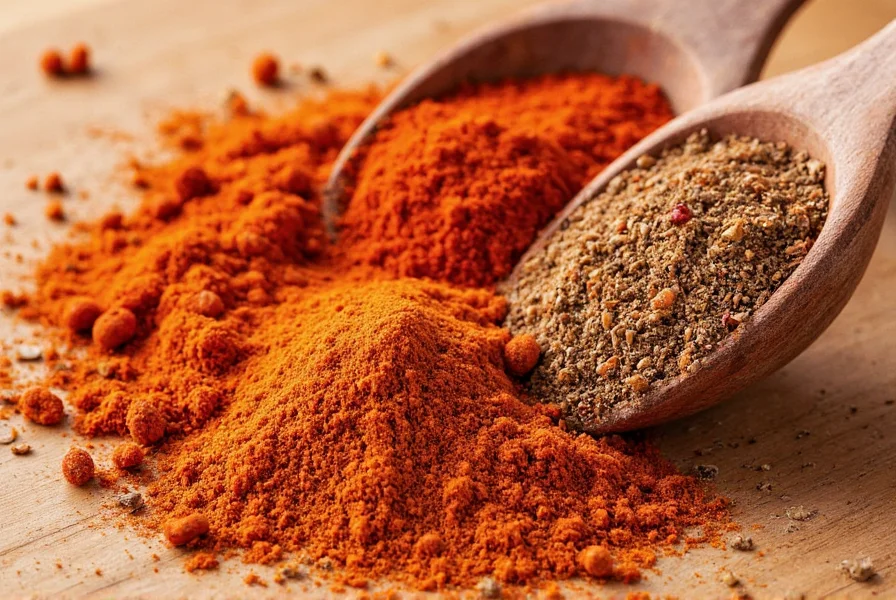
Frequently Asked Questions
Is Spanish paprika the same as smoked paprika?
No, Spanish paprika (Pimentón de la Vera) is a specific type of smoked paprika from Spain's Extremadura region. While all authentic Spanish paprika is smoked, not all smoked paprika is Spanish. Spanish paprika has a subtle smokiness from oak wood smoking, while "smoked paprika" broadly refers to any paprika smoked with various woods and techniques globally.
Is all Spanish paprika smoked?
Yes, authentic Spanish paprika labeled "Pimentón de la Vera" is always smoked during production in Extremadura. The peppers are dried over oak wood fires for 10-15 days, imparting a characteristic subtle smokiness. However, some non-certified "Spanish paprika" sold outside Spain may not be smoked, so always check for "Pimentón de la Vera" certification for true Spanish smoked paprika.
Can I substitute Spanish paprika for smoked paprika?
You can substitute, but expect flavor differences. Spanish paprika has milder smokiness, so use 1.5x amount when replacing smoked paprika. For smoked paprika substituting Spanish paprika, use 75% of the amount to avoid overpowering dishes. For authentic Spanish recipes, never use non-Spanish smoked paprika - it lacks the specific oak-smoked profile.
What makes smoked paprika different from regular paprika?
Regular paprika is simply dried and ground peppers without smoking. Smoked paprika undergoes a dedicated smoking process (typically 10+ days) over wood fires before grinding, creating its signature deep smoky flavor. Spanish paprika is a subset of smoked paprika with specific regional production standards, while "smoked paprika" is a broader category that includes Spanish and other regional varieties.
Which paprika should I use for traditional Spanish dishes like paella?
For authentic Spanish dishes like paella, use Spanish paprika (Pimentón de la Vera dulce). Its subtle oak-smoked flavor complements the dish without overpowering delicate ingredients. Regular smoked paprika (even if labeled "Spanish") may have stronger smoke notes that disrupt traditional paella flavor profiles. Always look for "Pimentón de la Vera" certification on the label.
Why is there confusion between Spanish paprika and smoked paprika?
Confusion arises because authentic Spanish paprika (Pimentón de la Vera) is smoked, leading many to equate "Spanish" with "smoked." However, not all smoked paprika is Spanish - Hungary produces famous smoked paprika too. Additionally, some retailers mislabel non-Spanish smoked paprika as "Spanish" while others omit "smoked" from Spanish paprika labels. Always check for "Pimentón de la Vera" certification and origin details on packaging.
Buying Guide: How to Choose the Right Paprika
Make informed purchases with these key considerations:
Features and Advantages
- Spanish Paprika:
- Flavor: Mild, earthy, subtle oak-smoked notes
- Quality markers: Look for "Pimentón de la Vera" DOP certification, Spanish origin, and specific heat level (dulce/agridulce/picante)
- Best for: Authentic Spanish cuisine, delicate dishes requiring nuanced flavor
- Smoked Paprika:
- Flavor: Intense, deep smokiness with wood-specific notes (oak, hickory, cherry)
- Quality markers: Specify wood type used for smoking, clear heat level labeling, and regional origin
- Best for: Barbecue, grilled meats, robust sauces, and dishes needing strong smoky character
Target Audience
- Spanish Paprika: Chefs specializing in Spanish cuisine, home cooks seeking authentic regional flavors, traditional recipe enthusiasts
- Smoked Paprika: Barbecue specialists, adventurous home cooks, those creating globally-inspired smoky dishes
Suitable Occasions
- Spanish Paprika: Paella, chorizo, Spanish tortilla, traditional stews, and authentic tapas preparation
- Smoked Paprika: BBQ rubs, chili con carne, smoked meats, Mexican mole sauces, and modern fusion dishes
Conclusion
Spanish paprika and smoked paprika are distinct categories with important differences. Spanish paprika (Pimentón de la Vera) is a specific, regionally protected smoked paprika from Spain with subtle oak-smoked notes, while "smoked paprika" is a broader category that includes Spanish and other regional varieties with varying smoke intensity. Understanding these distinctions ensures you select the right spice for authentic Spanish dishes or bold smoky creations. Always check labels for "Pimentón de la Vera" certification when authenticity matters, and remember: when in doubt, use Spanish paprika for traditional dishes and smoked paprika for robust smoky flavors.
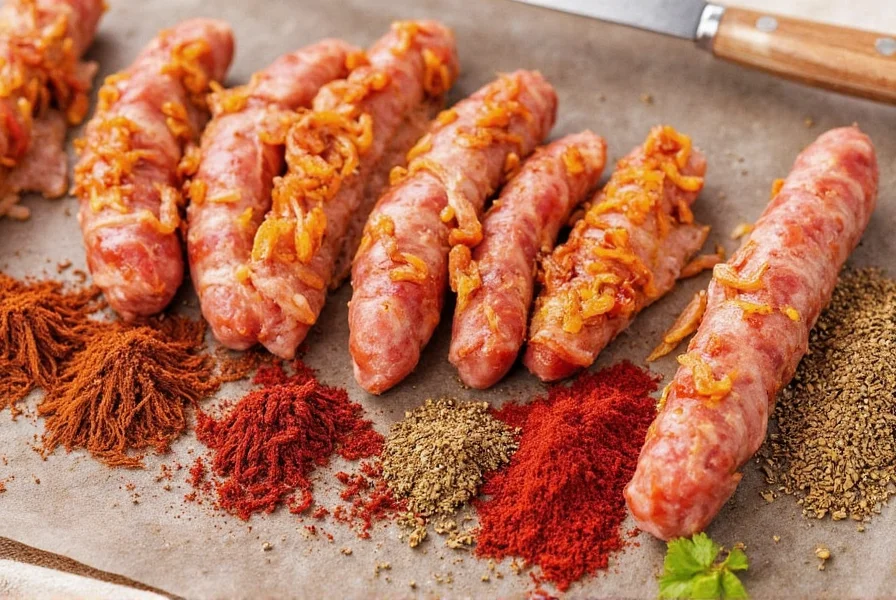
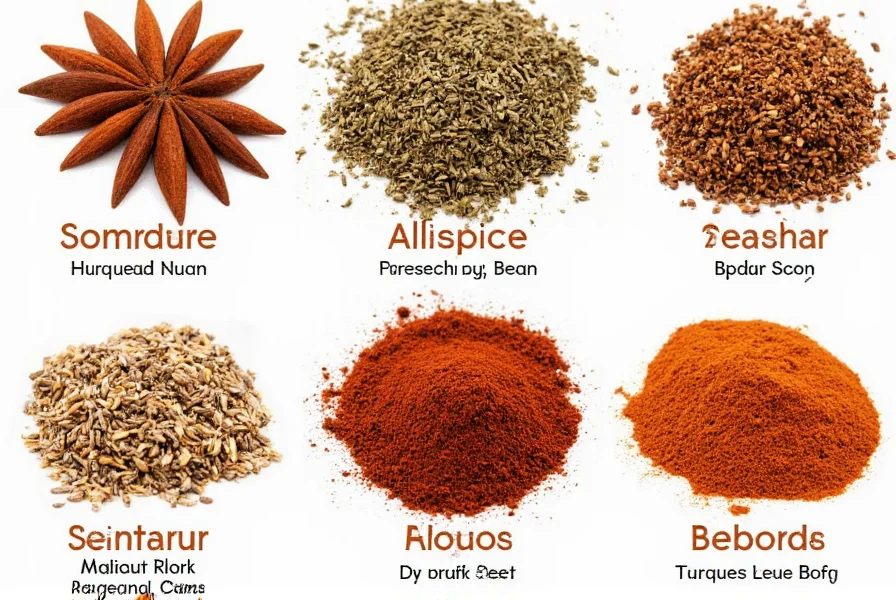
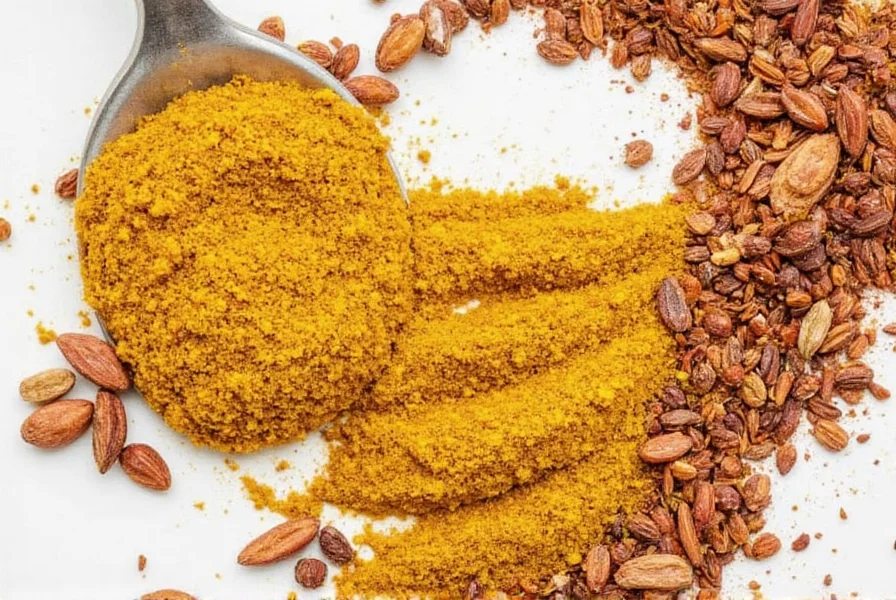
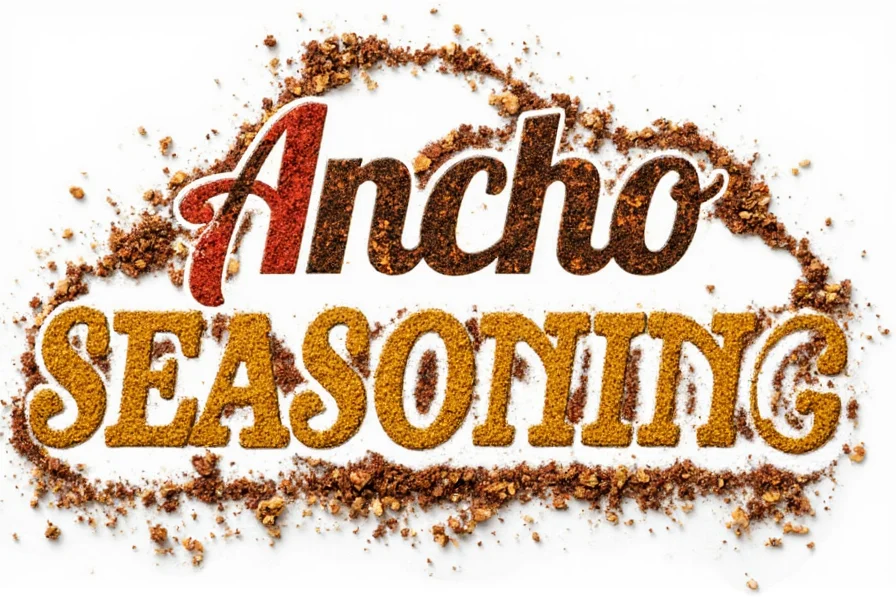
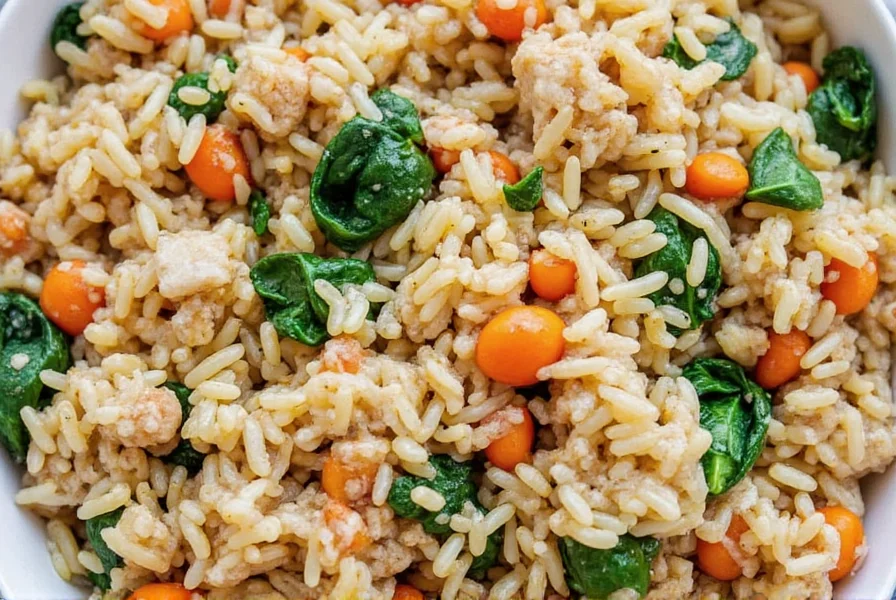










 浙公网安备
33010002000092号
浙公网安备
33010002000092号 浙B2-20120091-4
浙B2-20120091-4